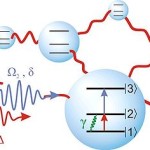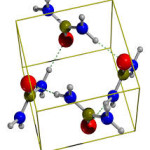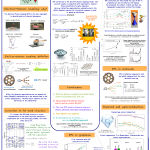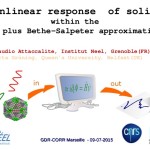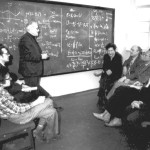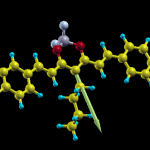Theory Seminars at CINAM (Marseille)

Since October 2015 I’m in charge of the Theory Seminars at CINAM. If you are in Marseille and you are interested in Condensed Matter Physics, have a look to our seminar page. We organize a new seminar every two weeks, with internal or invited speakers. If you would like to present your research in our… Read More
